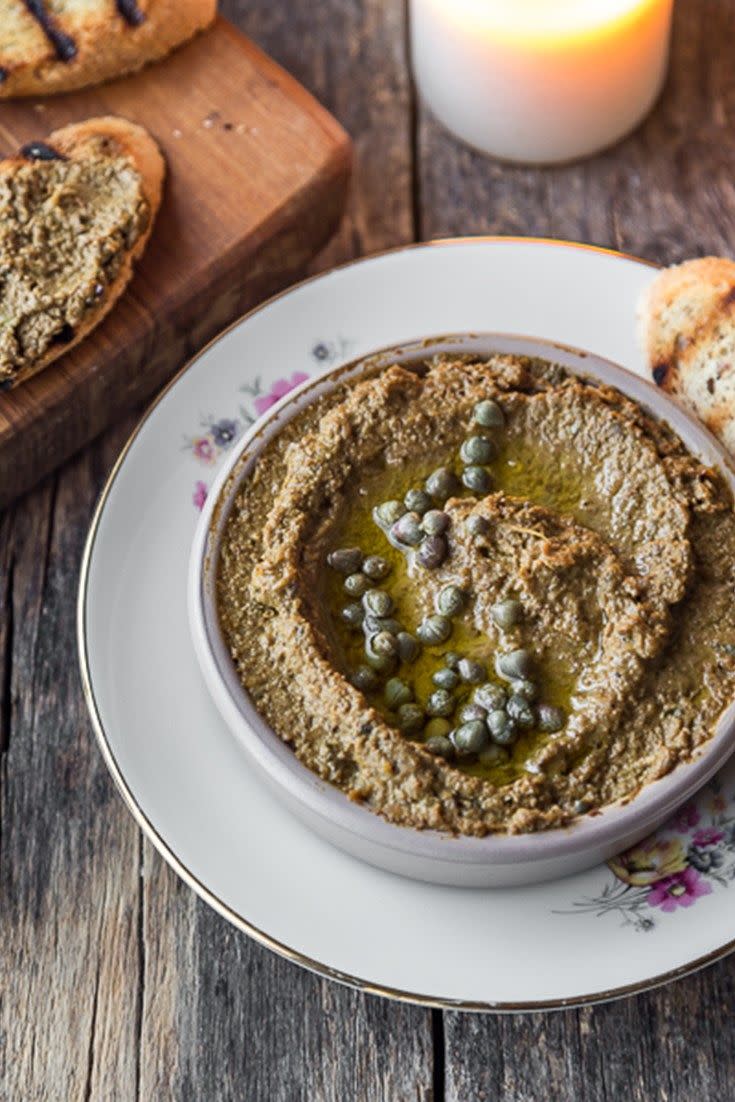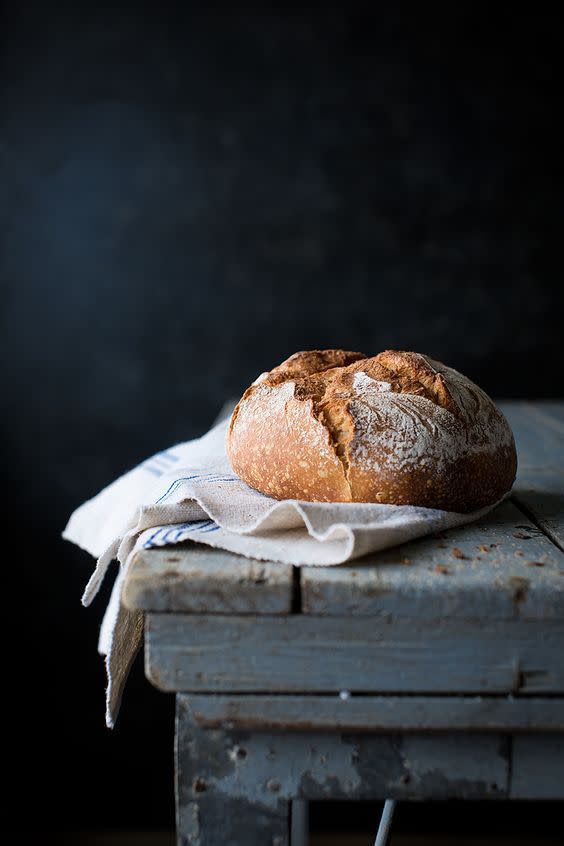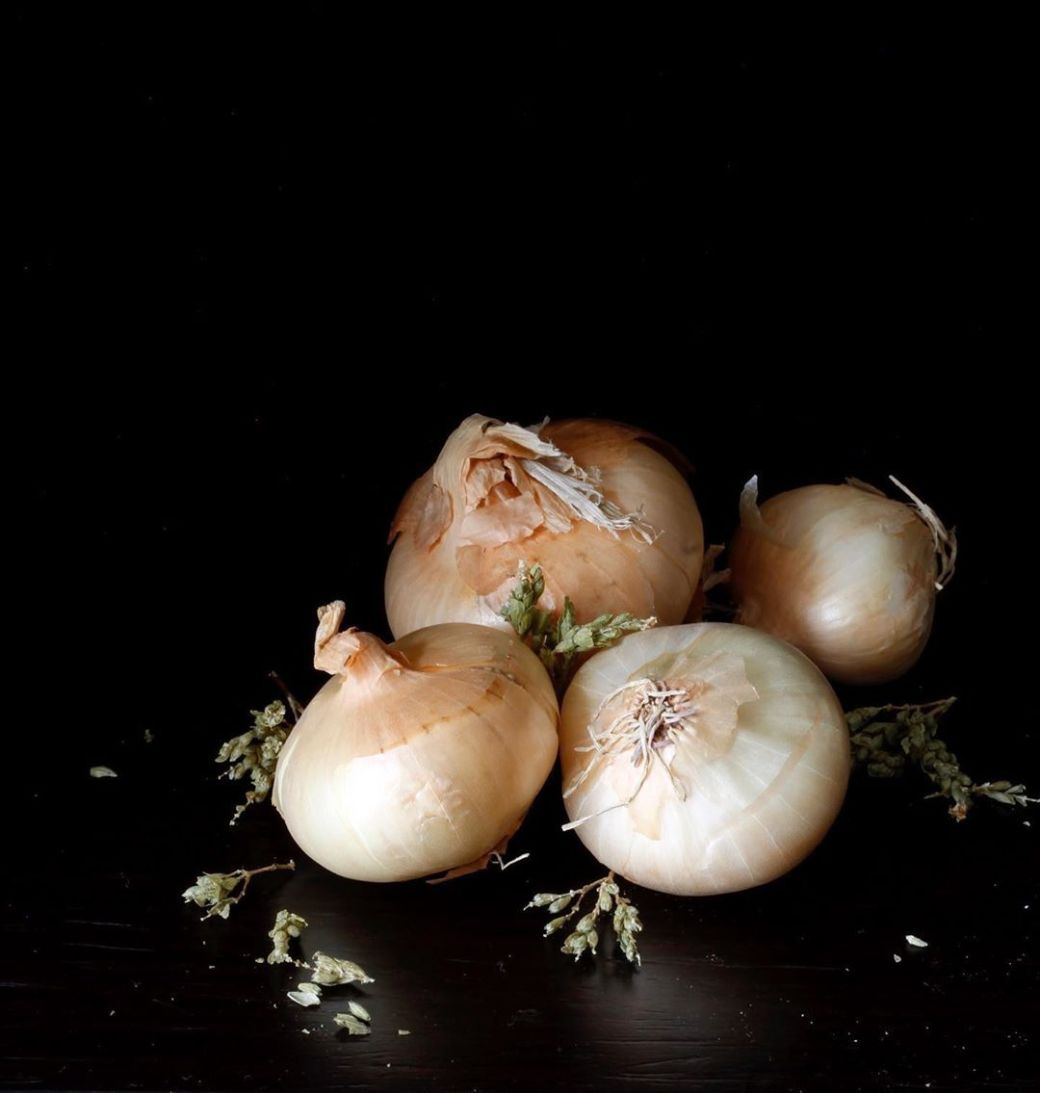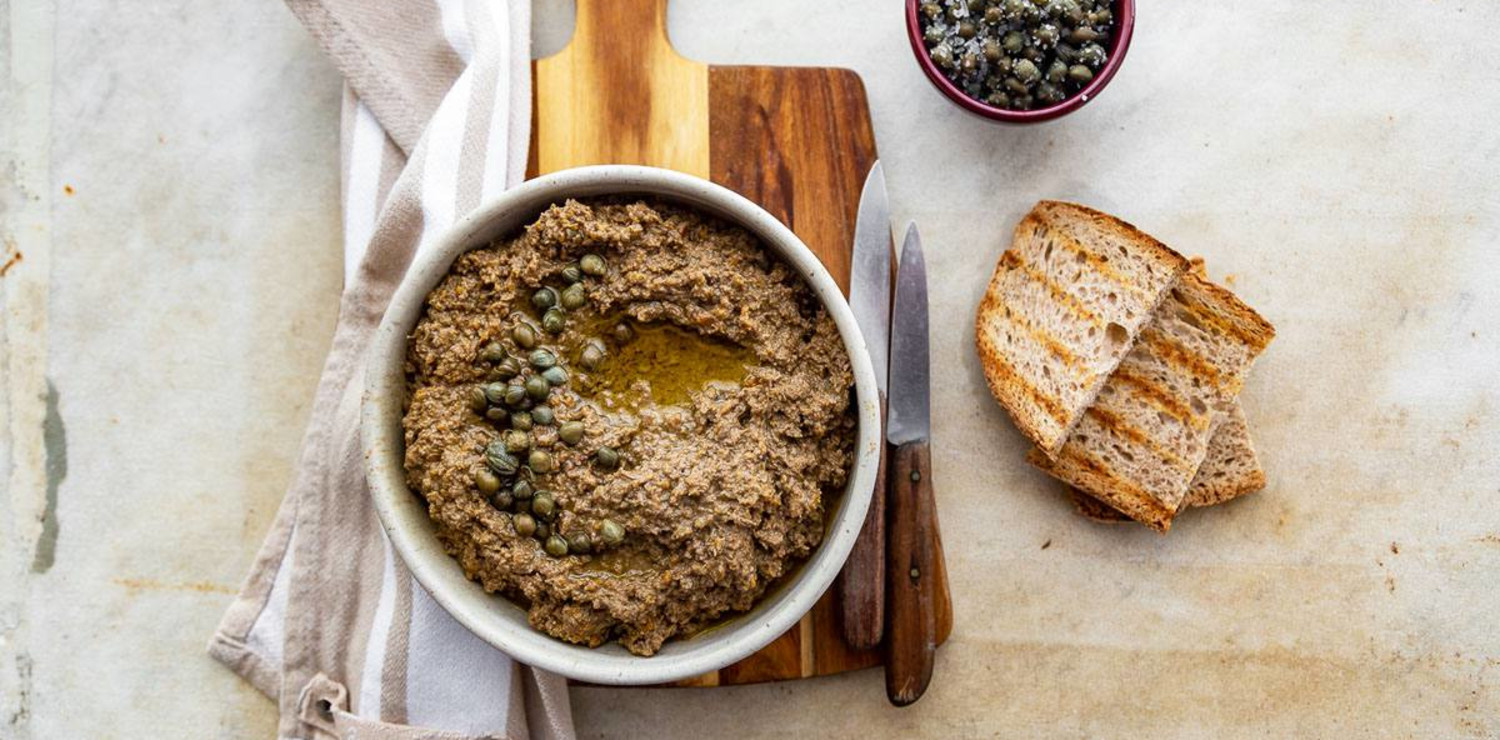The foolproof recipe for chicken livers croutons
Would you like to rediscover the Florentine tradition in the kitchen with a simple recipe? We will help you with the ingredients and the procedure of the Florentine starter par excellence.
Once upon a time, when people didn't eat with plates and cutlery, gravies, pieces of meat and sauces were served on a slice of bread. This is where the crostino came from.
 crostini di fegatini
crostini di fegatiniHISTORY IN BRIEF
In Florence, the crostino is made with chicken liver pate. The recipe is of Etruscan origin. It was a dish eaten by both peasants and lords, rich and poor alike. Here in Italy it is the starter par excellence, especially at Christmas time.
VARIANTS
There is no such thing as the same, each family has its own recipe, jealously guarded. Some replace white wine with Vin Santo, some add fresh sage, some do not use anchovies, some use spleen together with livers, some soak small slices of stale bread in broth and some add a little tomato sauce to the minced meat.
We suggest the traditional recipe from which to start if you want to experiment with the many variations. It is very easy to make and above all it is foolproof.
THE TRADITIONAL RECIPE
INGREDIENTS: to make the Tuscan croutons you will need about 350g of chicken livers, available in any butcher's or poultry shop, to be bought always already cleaned, 50g of pickled capers, 1 clove of garlic, 1 white onion, 2/3 anchovies in oil, 100g of butter, half a cup of broth, half a glass of white wine (or Vin Santo), extra virgin olive oil.
 Tuscan Bread
Tuscan Bread
PROCEDURE: clean the livers well and boil them in water. Put the oil in a pan and brown the onion with the garlic. Deglaze with white wine (or Vin Santo, if you prefer a milder aftertaste). Separately, chop the boiled livers with the capers and anchovies. Toss the resulting mixture into the browned onion, add a little stock and some butter, then leave to cook for a few minutes until the mixture has become creamy. The ideal way to make the crouton is to use homemade bread from the day before, perhaps toasted in the oven or, for those not afraid of gluttony, dip it in the broth. Traditionally, one part of the bread should be dipped in the cooking juices and then the other part should be coated with the tasty condiment while it is still hot, which should have a spreadable consistency, i.e. neither too firm nor too liquid.
 onion
onion 
















